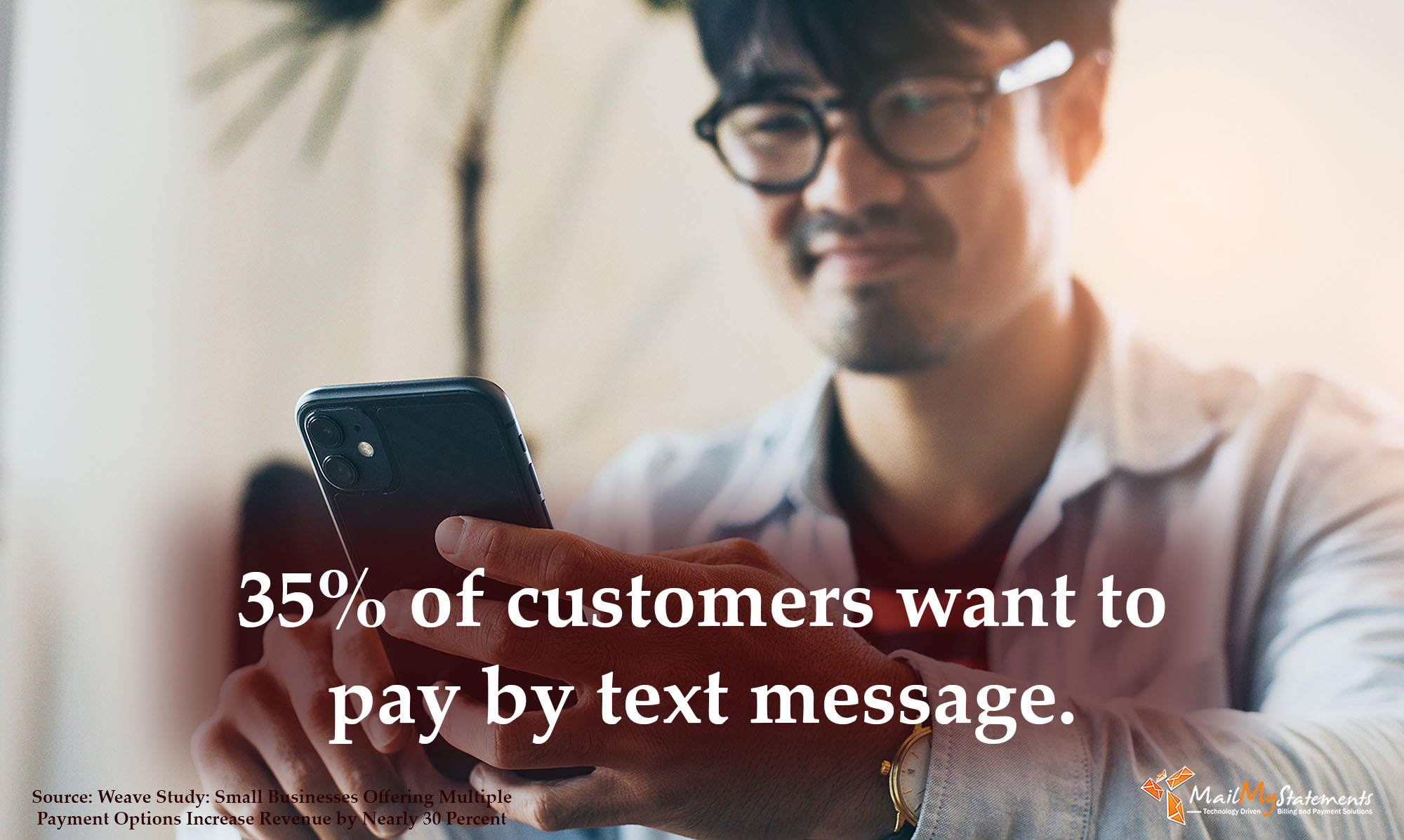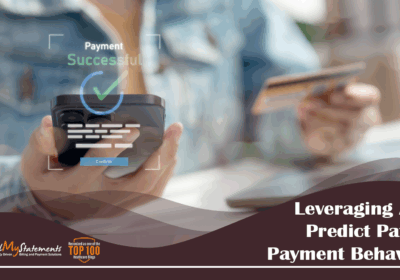How Text-to-Pay Makes Healthcare Billing a Breeze

The exponential rise of smartphones globally in the past decade has fostered a near-constant connection for many users. With estimates suggesting over 310 million Americans owning smartphones (92% of the population) and checking them an average of 96 times daily, these devices have become deeply integrated into daily life.
Driven by affordability, convenience, and improved internet access, smartphones, unlike fleeting trends, are here to stay. Recognizing this shift, forward-thinking healthcare providers are leveraging text-to-pay technology to engage patients on their preferred platform and enhance user experience.
A strategic necessity for optimizing payment collection, text-to-pay is readily accessible to all practices, positioning them as leaders in patient-centric care.
What Is Text-to-Pay in Healthcare Billing?

Text-to-pay streamlines the billing process by providing a digital communication path for patients to receive and settle medical bills directly through their smartphones via SMS. This convenient option eliminates the need for phone calls, emails, or paper statements, offering several advantages:
- Increased Speed and Convenience: Patients can access and pay bills immediately, improving response rates compared to traditional methods.
- Enhanced Patient Engagement: Real-time communication fosters trust and builds stronger patient relationships.
- Streamlined Billing Cycle: Faster payments and reduced administrative burden contribute to a more efficient billing process.
By leveraging text-to-pay technology, your practice can significantly enhance patient experience, optimize cash flow, and gain a competitive edge in the healthcare landscape.
Adopting a cloud-based patient billing strategy can seamlessly unlock the power of text-to-pay services. These leverage pre-existing mobile phone capabilities, offering a convenient and cost-effective solution for both providers and patients.
How Text-to-Pay Can Improve Your Billing and Collections
Immediate reminders
Not all people have notifications on their phones for their email. Especially among younger generations who might not check their email as frequently, glossing over text-to-pay as a billing option could mean wasting multiple days of your billing cycle just to wait for your patient to open their message. Because the text-to-pay format is immediate, patients will be encouraged to pay their bills faster. It’s also less work for your practice to send a reminder than a whole extra mailing.
Easier communication
When a patient has a question about their bill, it’s easy to set the document aside to “deal with it later” when it’s in paper or electronic format. Those famous last words work to the detriment of both the patient and the provider. The patient forgets to pay their bill and can incur a late fee if they miss their deadline, and the provider (specifically the billing department) has to waste time re-sending statements, calling the patient, or taking on extra fees to encourage payments.
With text-to-pay, patients can call their provider by tapping the phone number listed in the SMS message. Some text-to-pay services can also be set up to accept text-message responses from patients. So, instead of calling, a patient can simply reply to the SMS message with questions or comments.
Quicker collections

Patients with text-to-pay can call their provider with one tap of their phone and pay their bill immediately with just a few extra taps.
Instead of a collections process that takes several days and rounds of back-and-forth to get questions answered and errors corrected, text-to-pay is a more immediate billing strategy that can improve your bottom line. Response rates of texting are consistently higher than response rates of phone, email, and mail statements. By reaching your patient where they already spend most of their time, you remove part of the friction that typically exists within the billing process.
Text-to-pay makes it easy to pay a bill on the go as well, whether you’re at the grocery store, during the commercial break of a TV show, or even in traffic at a red light. This way, patients have no reason to delay their monthly payments, and the immediacy of text-to-pay provides them with peace of mind knowing that there’s one less item on their to-do list.
Less Paper
Although everyone should support the postal service, mailing paper statements is expensive, and it burns through a lot of paper that probably won’t ever get recycled. Providers can easily be part of the solution to our planet’s ongoing environmental troubles by encouraging as few paper statements as possible.
Because text-to-pay is such an easy alternative to paper statements (and because nearly 80% of the population owns a smartphone), users who would typically prefer paper mailings might be encouraged to try a paperless option. Never underestimate the number of people who would be willing to try something new if presented with the opportunity!
One piece of advice with this feature: it’s crucial to let your patients know in advance that your practice offers a text-to-pay option. If your text reminders come to a patient who isn’t familiar with this particular billing service, it’s possible they could think it’s spam and ignore the message entirely.
Integrate Text-to-Pay Into Your Omnichannel Billing Strategy
Guaranteeing a seamless patient experience extends beyond the walls of your practice and encompasses the entire billing process, including statement payments and, ideally, facilitating future appointments. While the aforementioned benefits of text-to-pay solutions are significant, implementing a modern billing strategy offers an even greater advantage: competitive differentiation.
By equipping your practice with patient-centric payment options, you demonstrate a commitment to technological innovation and prioritize their convenience. For further details on our streamlined onboarding process and how MailMyStatements can help you stay ahead of the curve, contact us today.
![]()



